COSPAR ID 1960-002B Spacecraft type TIROS Launch date 1 April 1960 Inclination 48.3797° Argument of perigee 226.1327 degrees | SATCAT no. 29 Inclination 48.3797° Rocket Thor-Able Last contact 15 June 1960 | |
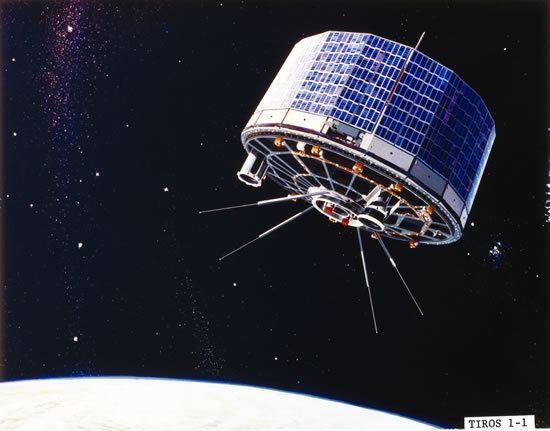 | ||
Similar Vanguard 2, Explorer 6, Courier 1B, ESSA‑1, Explorer 1 | ||
Nasa tiros 1 the forecast revolution begins 50th anniversary
TIROS I (or TIROS-1) was the first successful low-Earth orbital weather satellite, and the first of a series of Television Infrared Observation Satellites.
Contents
- Nasa tiros 1 the forecast revolution begins 50th anniversary
- Tiros 1 the forecast revolution begins
- Launch
- Program
- References
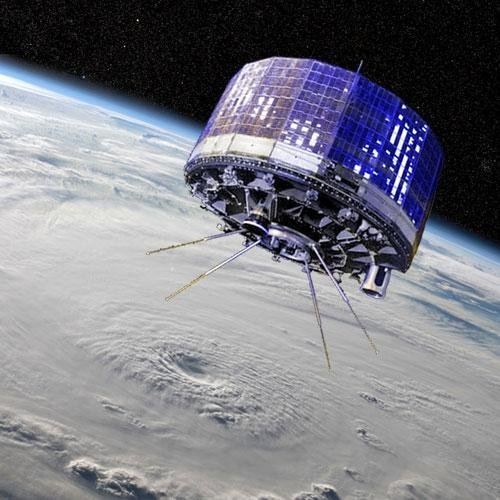
Tiros 1 the forecast revolution begins
Launch
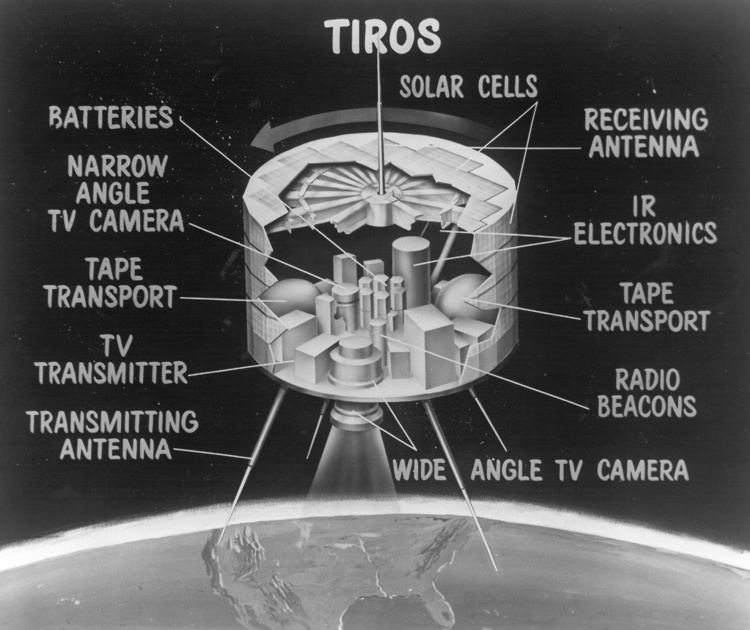
The TIROS-1 spacecraft was launched by NASA and partners at 6:40 AM EST on April 1, 1960, from Cape Canaveral, Florida, in the United States. Mission partners were NASA, the U.S. Army Signal Research and Development Laboratory, RCA, the U.S. Weather Bureau, and the U.S. Naval Photographic Interpretation Center.
Program
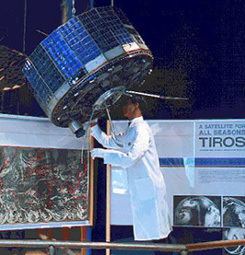
The TIROS Program (Television Infrared Observation Satellite) was NASA's first experimental step to determine if satellites could be useful in the study of the Earth. At that time, the effectiveness of satellite observations was still unproven. Since satellites were a new technology, the TIROS Program also tested various design issues for spacecraft: instruments, data and operational parameters. The goal was to improve satellite applications for Earth-bound decisions, such as "should we evacuate the coast because of the hurricane?".
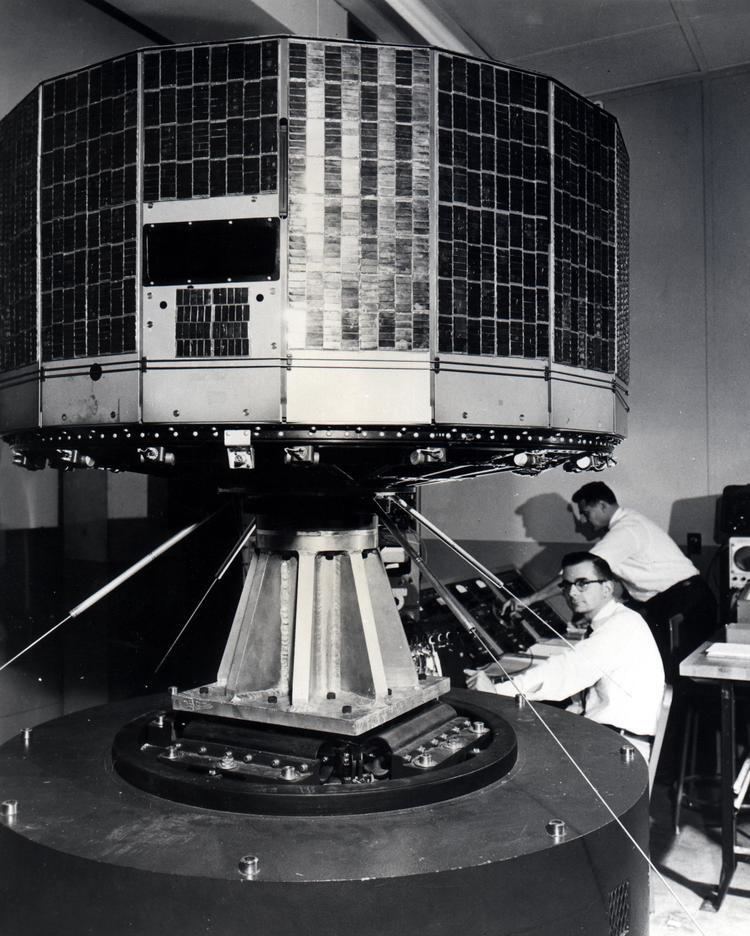
The TIROS Program's first priority was the development of a meteorological satellite information system. Weather forecasting was deemed the most promising application of space-based observations.
TIROS proved extremely successful, providing the first accurate weather forecasts based on data gathered from space. TIROS began continuous coverage of the Earth's weather in 1962, and was used by meteorologists worldwide. The program's success with many instrument types and orbital configurations lead to the development of more sophisticated meteorological observation satellites.
